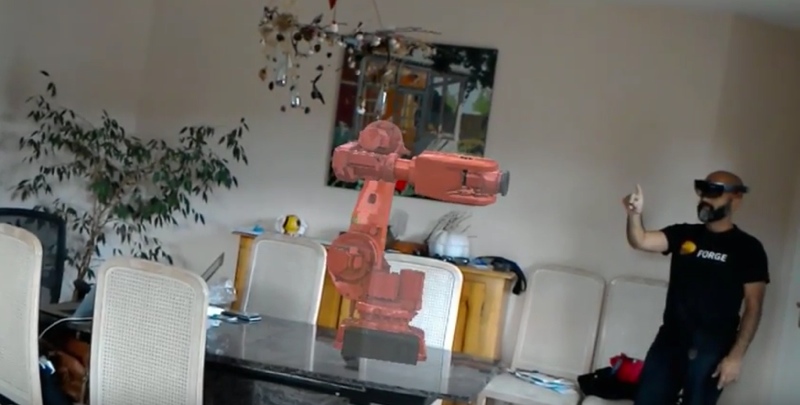In 2016, we saw a lot of fascinating, useful applications for VR. We also saw leading organizations like AECOM and BCG experimenting with Microsoft’s HoloLens, often to spectacular results. But it’s important to remember that these technologies are still young, and a few apps—no matter how amazing they look—don’t mean that AR and VR headsets have reached their full potential as business tools.
This is not because of the hardware, says Autodesk’s Kean Walmsley. Walmsley would know: He holds a research position at Autodesk that sees him experimenting with connecting the company’s products (like AutoCAD or Revit) to emerging tech, like (like VR and AR). He also writes the popular blog “Through the Interface,” where you can see some of the most creative uses of these new tools.
“From a hardware perspective,” Walmsley says, “the technology is mostly mature. It still has some things it can do—get quicker, support more polygons, get lighter, improve field of view, make the battery last longer. Over time, it will inevitably get better, but it’s pretty mature—it’s usable, even now.”
Once organizations start to use the technology, they see the real problem (one that should be familiar to users of 3D-imaging tech): processing. It’s still not easy enough to get data into the AR/VR solution.
Speaking to the difficulty of bringing CAD into AR or VR, Walmsley explains that existing software enables one-off experiences, but not the kind of frictionless workflow that we need to make AR or VR a part of our daily workflows.
“You can take a CAD model,” he said, “and you can probably spend a week developing it, making it look good, getting the textures right, getting the right number of polygons so it doesn’t shudder as you move around it, and make sure that it can display smoothly. All that stuff at the moment is taking a lot of time for people.”
Autodesk has notably delivered a one-click workflow to take data from Revit to VR, but Walmsley says this kind of ease isn’t the norm for other software. “We need that kind of experience for our other products—to make it a lot more accessible for use in AR and VR.”
“That pipeline needs to be radically improved,” he says. “Autodesk is working on it, other people are working on it. I think there’s a lot of opportunity there. As VR and AR get into the hands of more people, we’re going to have to make sure that’s easier.”
Once that hurdle has been cleared, AR and VR will become better business tools. In the meantime, Walmsley says, “there are loads of opportunities not being met by the technology.”
Note: Since I finished this blog post, both Trimble and FARO have announced solutions that optimize 3D data for augmented reality devices. It looks like the industry might be on its way.






